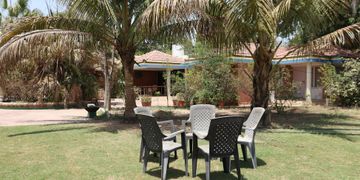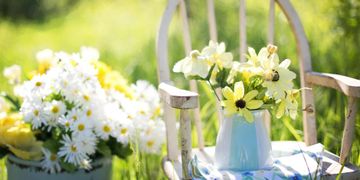How to Attract Butterflies and Bees: Best Plants for Pollinators
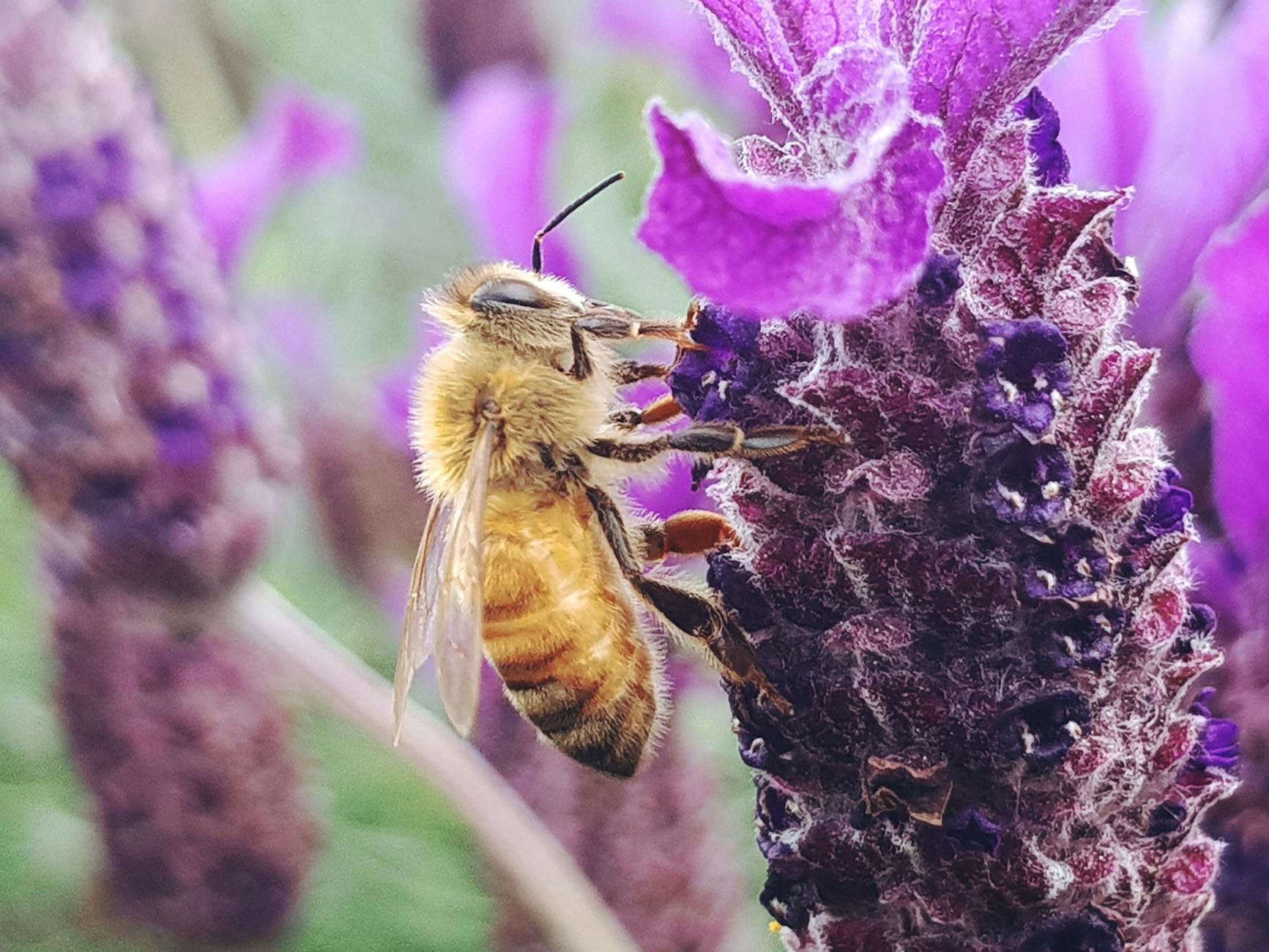
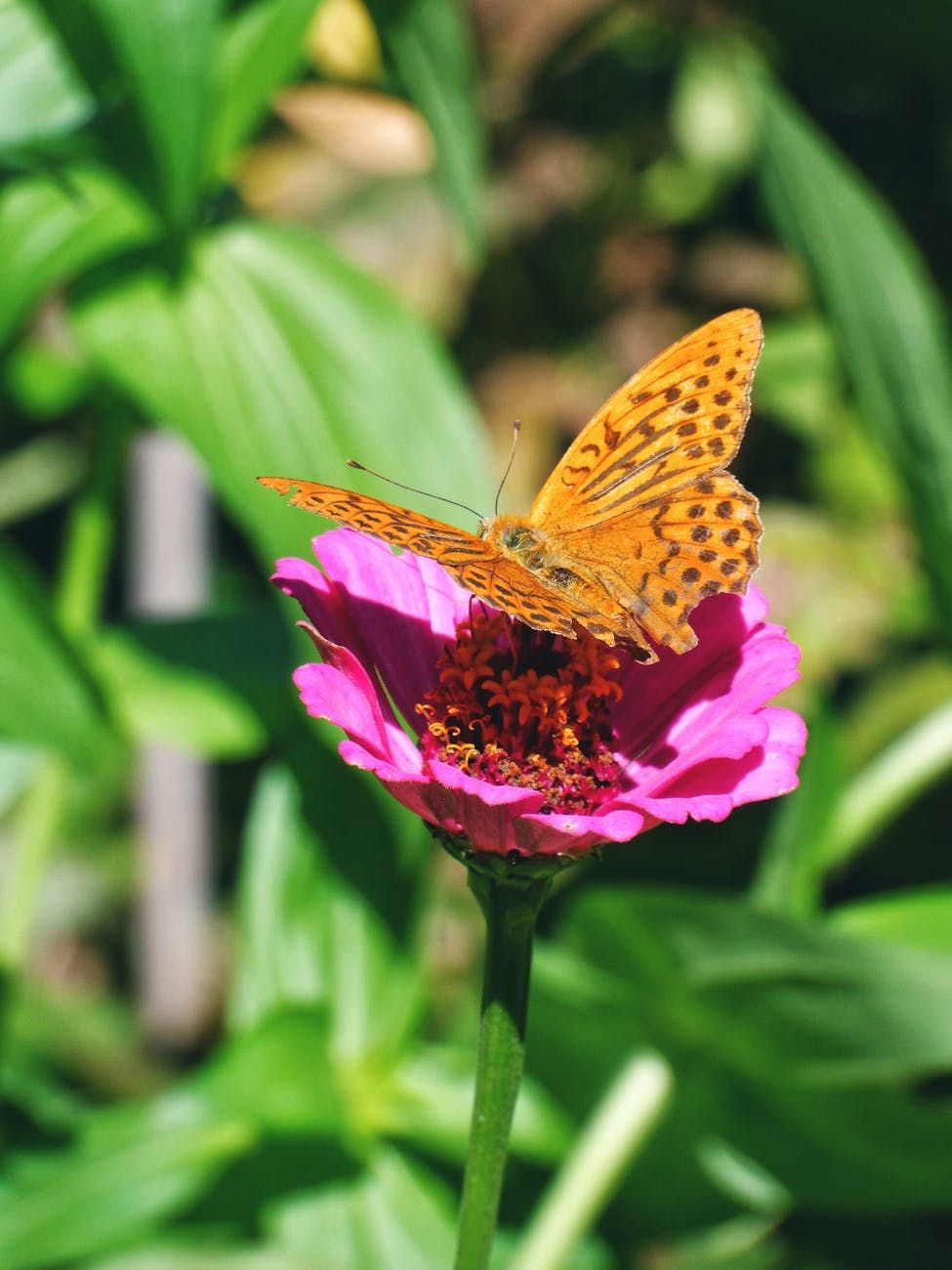
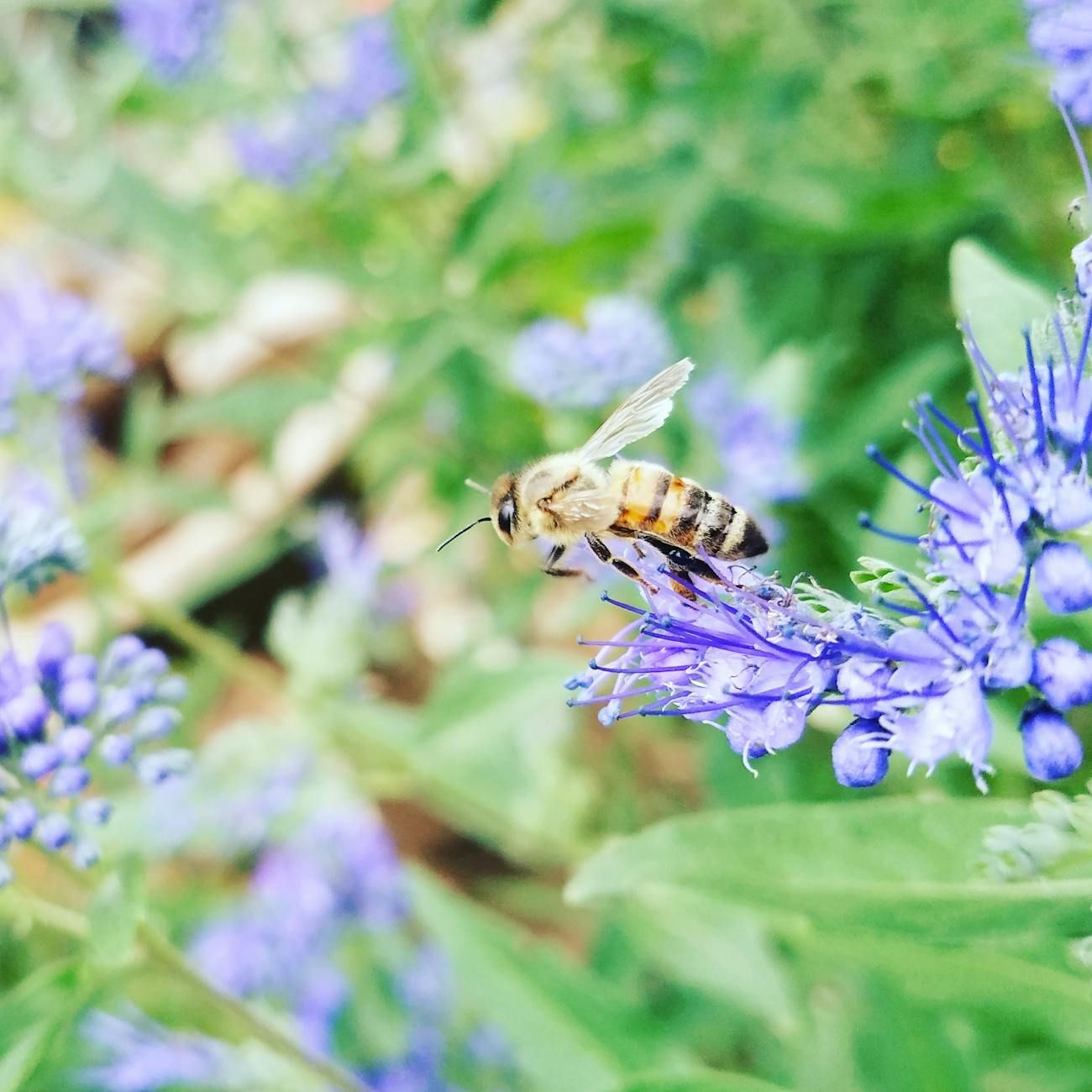
Are you looking to create a vibrant garden that attracts beautiful butterflies and important bees? By selecting the right plants, you can easily transform your outdoor space into a pollinator paradise. Let’s explore some of the best plants for attracting butterflies and bees while enhancing the beauty of your garden.
Attracting butterflies and bees to your garden not only adds color and life but also plays a crucial role in supporting the ecosystem. These pollinators are essential for plant reproduction and biodiversity, making them valuable guests in any garden.
When planning your butterfly garden or bee garden, it's important to choose a variety of flowers that provide nectar and pollen throughout the seasons. By including a mix of plants that bloom at different times, you can ensure a continuous food source for these beneficial insects.
Plants for Pollinators:
1. Lavender: Known for its fragrant blooms, lavender is a favorite of both butterflies and bees. Plant this perennial herb in a sunny spot with well-drained soil.
2. Butterfly Bush (Buddleia): As the name suggests, this shrub is a magnet for butterflies. Its long spikes of colorful flowers bloom from summer to fall, attracting various butterfly species.
3. Sunflowers: These cheery flowers not only brighten up your garden but also provide ample pollen for bees. Choose different varieties to enjoy a range of colors and heights.
4. Salvia: With its tall spikes of vibrant flowers, salvia is a favorite of hummingbirds, butterflies, and bees. This perennial plant thrives in full sun and well-drained soil.
5. Coneflowers: Also known as Echinacea, coneflowers feature daisy-like blooms that attract butterflies and bees. These hardy perennials bloom from summer to fall, adding color to the garden.
Gardening Tips for Pollinators:
1. Provide a Water Source: Butterflies and bees need water to stay hydrated. Create a shallow water dish with stones for them to perch on while drinking.
2. Avoid Pesticides: To protect pollinators, opt for natural pest control methods and avoid using harmful chemicals in your garden.
3. Include Native Plants: Native plants are well-adapted to your region and are highly attractive to local butterflies and bees. Research which plants are native to your area and incorporate them into your garden.
4. Plant in Clusters: Grouping plants together in clusters makes it easier for pollinators to locate them. This also creates a visually appealing display of colors and textures in your garden.
5. Choose Sustainable Plants: Select plants that are easy to grow and maintain without excessive watering or fertilizing. Opt for drought-tolerant varieties to create a sustainable garden environment.
Creating a bee-friendly garden or butterfly sanctuary is a rewarding experience that benefits both your local ecosystem and the beauty of your outdoor space. By incorporating these plants and gardening tips, you can enjoy a thriving pollinator garden that buzzes with life and color.
Let your garden bloom with vibrant flowers and the gentle flutter of butterflies as you take part in supporting these essential pollinators.

